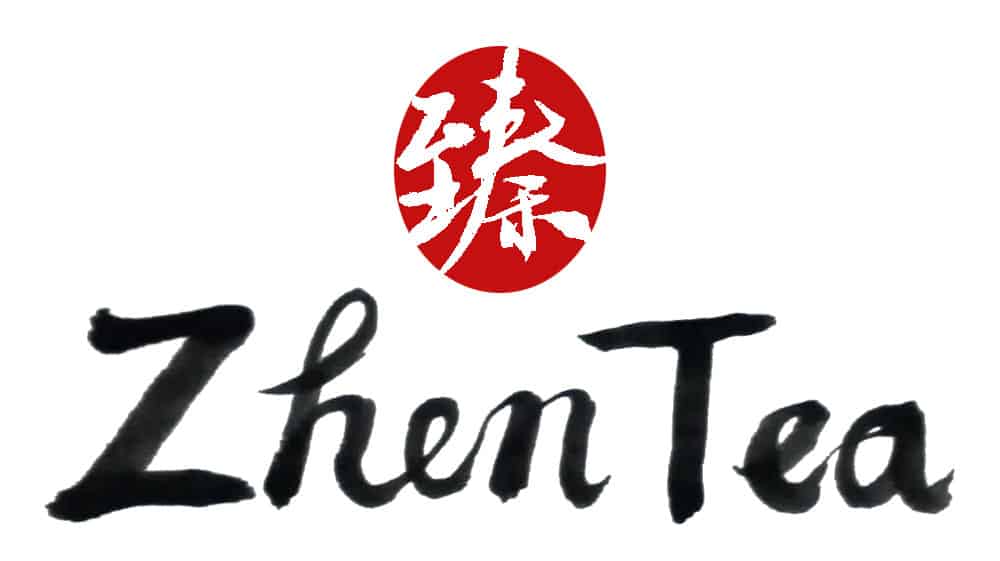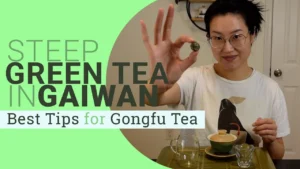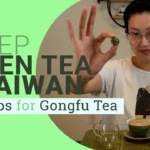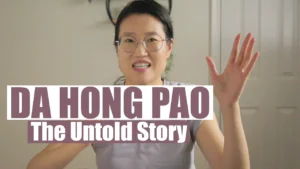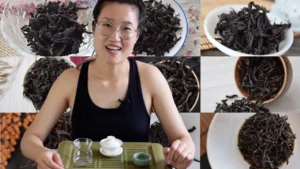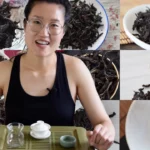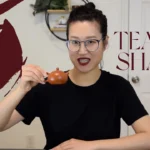This post was inspired by one of the tastings we had in Menghai, Yunnan Province. A friend of ours brought over a few teas for us to try, and one of them was the very famous Laobanzhang. Laobanzhang is the name of a village deep in the Bulang mountains. The pu’er from that region is renowned for its powerful flavour – relatively more bitter and astringent. This rich content gives it a multidimensional flavour as it ages. Nowadays, tea from the Laobanzhang region is one of the most sought after pu’ers and accordingly the price is much higher.
The Tasting - 3 Aged Pu'er Teas
The three sheng pu’er we tasted that night were a 2016 Laobanzhang, a 2016 Lancang, and a pu’er cake from 2015. The Laobanzhang is made from big tree leaves, while the material of Lancang and the pu’er cake come from tea bushes. The pu’er cake from 2015 is a blend of pu’er from different regions, carefully selected to achieve a desired taste.
2016 Laobanzhang
It was no surprise that the Laobanzhang delivered the most powerful flavour. It’s relatively richer compared to the other two teas, more bitter and astringent, exactly what you’d expect from a Laobanzhang. The sweet aftertaste presented itself quite quickly. It’s a tea that definitely has some character. However, I still felt it was thinner than I expected for a big tree pu’er, which made me eager to dig into the brewed leaves and take a careful look. At the same time, the experienced pu’er drinkers at the table were very disappointed with this tea. Mr. Wei had a sip and walked away commenting, “what’s the point of today’s Laobanzhang?”
2016 Lancang & 2015 Pu'er Cake (Bing)
The 2016 Lancang, on the other hand, had a more delicate flavour, floral and soft but not too astringent. The 2015 pu’er cake was quite interesting as well. By mixing different pu’er materials, it aimed to accentuate the advantages of certain leaves while and softening their shortcomings. It was a well done feat of tea-engineering and there was no attempt to hide this fact either. While the Laobanzhang lacked the aroma of wildness, the 2015 pu’er cake had it spot on. Of course since it used leaves from 2015, the cake still tasted young, but it was well mixed and did a good job at rendering a flavour that quite resembled that of big tree pu’er.
Reflecting
It was very interesting to hear how the experienced pu’er drinkers talked about Laobanzhang. Someone like me ,who has only had relatively recent Laobanzhang teas, has no historic point of reference. By my assessment, it definitely seemed to have potential based on what I had experienced, but neither did it strike me as a superlative tea. For the experienced drinkers, who tasted famous teas like Laobanzhang or Bingdao 10 or 20 years ago, today’s version is really “what’s the point”. The price of the teas from these famous regions is over a thousand times more expensive than regular pu’er from bushes. However, the flavour of the tea is much thinner than before according to these experienced tea drinkers. It makes sense considering how frequently the tea is plucked. And, this Laobanzhang pu’er claimed to be purely big tree 2016 material, but we found leaves from bushes as well as leaves that appeared to be from autumn 2015 in the brewed leaves.
The most important thing when drinking tea
The most important thing when drinking tea, whether it’s pu’er or any other tea, is to find teas that suit your tastes and are within your budget. It’s understandable that tea lovers want to know what the famous teas tastes like and it stands to reason that they are willing to spend more money on them, but without a trustworthy source or the ability to identify the quality of the tea, it’s very easy to spend money only to end up with a fake or ‘not entirely as advertised’ tea. Perhaps even more damaging is having the incorrect flavour associated with a supposedly famous tea as a result of the trickery. It is unfortunately not rare to see people selling a ‘throw away’ pu’er as a high priced aged pu’er, or selling a mix of sheng and shu pu’er as a purely aged sheng pu’er, or, as we saw, mixed material pu’er as pure big tree pu’er. An anecdote that I find memorable involves a very expensive pu’er from a 1700 year old tree that died years ago. Of course the claim was that the tea was picked before the tree died and because of the age of the tree, the price was nosebleed lofty. But anybody that knows about pu’er history wouldn’t buy this tea – because it was well known in the pu’er community that the tree they were claiming it was made from was never plucked to make tea. They had been tested by the government long ago and was found to contain too much mercury and hence its leaves were never used to make tea during that era.
How to Tell if a Tea is "Good/Authentic/Real"
People often ask me “how can I tell if it’s a good/authentic/real tea”. The answer is ‘simple’ – solid knowledge, abundant experience, and a good guide. It’s simple to explain why that’s important, but there is no shortcut, the knowledge and experience take years of dedication and study to acquire. It’s not some sort of insiders club for an elite few, but it is restricted, as any craft is, by willingness to put in the time. It’s a long and delightful road with a continuum of ‘levels’ along the way, but I would recommend that if you aren’t confident appraising tea, it’s better to steer clear of the high priced, fancy ones. If you are going to spend the money, you deserve to get what you believe you are paying for.
